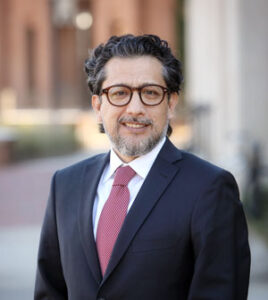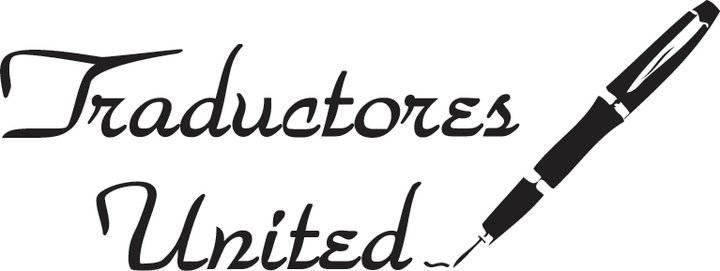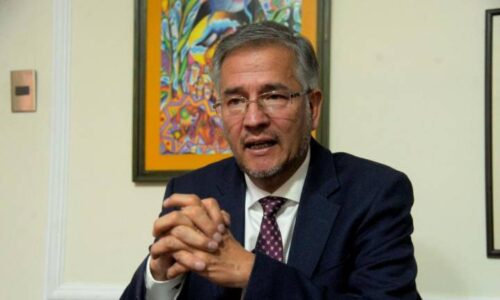

Ph.D. in Economics
5 December 2021
The budget of horror
The General State Budget (GSB) for 2022 is a horror movie. The horror it produces comes not only from the numbers that, as always, do not add up, but, above all, from the intentions of the Government that they represent. This budget leaves no room for doubt. The Movement Towards Socialism (MAS) wants to completely control the country and lead it unfailingly towards socialism.
Let’s start with the total amount. The consolidated General State Budget for 2022 plans to spend Bs. 235,090 million, that is, US $ 34,000 million. This huge number represents 90% of our GDP. As you read it. The government is planning to spend in 2022 an amount equivalent to almost all the national production of that year. Take the case of the United States for comparison. In that country, the government budget represents only 30% of the GDP. In Chile, it represents 32% of the GDP. In Paraguay, which is a country with which we typically share the last place in development levels in South America, it represents 37% of the GDP. Even in the Nordic countries, which maintain a relatively large government, the government budget does not exceed 50% of the GDP. The General State Budget 2022 is, therefore, and however you want to see it, a real elephant.
Having such a large government produces at least three fundamental problems. The first is that all that money has to come from somewhere. Since 2014, the government has been unable to sustain its huge spending and, therefore, has been accumulating deficits. We come from eight years of consecutive fiscal deficits averaging 7.8% and 2022 will be no exception. The General State Budget 2022 foresees an 8% deficit that will continue to increase the debt that, by now, has already far exceeded 50% of the GDP. The second problem with a huge government is that it generates a huge bureaucracy and an ordeal of paperwork that continues to torture private agents. The government employs half a million people! Public employees alone would be the fifth most populous city in the country. The third problem, and probably the most pernicious, is that a huge government also has a huge influence on the economy. With this budget, the government makes it very clear that it claims economic leadership by deciding what to do and how. The government spends and does not let go of the control, but private agents pay for the dance.
Let’s now look at financing. Here the horror movie reaches a climax. The largest component of the General State Budget 2022 financing is debt! That’s right, 40% of the resources that the government will spend next year comes from internal or external financing (more from the former than the latter). This means credits from multilateral organizations, loans from the Central Bank, sale of bonds to the Pension Fund Administrators (AFPs), and unused money from the past administration. In sum, the government plans to spend 40% more than it will generate as income next year. The second component of financing is operating income (23%) and the third is taxes paid by citizens and ordinary businesses such as Value Added Tax (VAT), Transaction Tax (IT), etc. (18%). Oil revenues (Direct Tax on Hydrocarbons (IDH) and Special Tax on Hydrocarbons and Derivatives (IEHD)) represent only 3% of revenues.
Notice then that the elephantian government is not financed mostly with gas sales but with debt and our taxes. Considering also that only 30% of the economy is formal and pays taxes, the dance is being paid for by a very small segment of the national population.
Let’s now look at the expenditure. 57% goes to current expenses, 17% goes to capital expenses, and 26% to other uses that include debt service. For every dollar invested in capital expenses, therefore, $ 3.5 in current expenses is spent. And where does the capital expenses go to ($ 5 billion)? To the 70 public companies, the vast majority of which are unprofitable and inefficient.
Within current expenses, only the item of wages and salaries reaches $ 6,499 million, which represents 20% of the budget. We spend about $ 18 million a day on wages and salaries alone ($ 25 million per workday). 34% of the $ 6,499 million goes to the teaching profession (which we already know is a nest of corruption and incapacity that keeps our education imprisoned in mediocrity), 9% to health, 6% to the Police, and 6% to the Armed Forces. The rest, more or less 50%, goes to the bureaucrats who occupy a seat in the public administration that includes all the people who occupy the 17 ministries, 53 vice-ministries, and 200 entities that depend on those 53 vice-ministries.
This huge administrative apparatus is also built on very weak and unrealistic assumptions. The budget assumes that our product [GDP] will grow in 2022 at a rate of 5.1% when international organizations such as ECLAC or the World Bank expect only a rate of 3.5%. An oil price of $ 50.5 is also assumed when the US Energy Information Administration (EIA) expects it to reach $ 68.28. Here it is important to remember that a high oil price today hurts us more than benefits us because our gas sales volumes have dropped and we continue to strongly subsidize the domestic price of hydrocarbons.
This is, in short, what the MAS wants to sell us and what it will probably be approved without problem in parliament. Debt and voracious spending when what we need is savings. To add more monsters to the movie, last week we learned that our cash reserves (currencies) are already on the ground at $ 1,769 million. Let’s remember that next year we will have to pay around $ 1.8 billion of previously issued bonds. Ronald MacLean illustrates this whole alarming situation by saying that the car is going over the cliff and the driver is asleep. It seems to me that the driver is not asleep. He knows we are going to the cliff, and even so he does not let go of the accelerator.
Antonio Saravia is PhD in economics (Twitter: @tufisaravia)
Source: https://brujuladigital.net/opinion/el-presupuesto-del-horror




